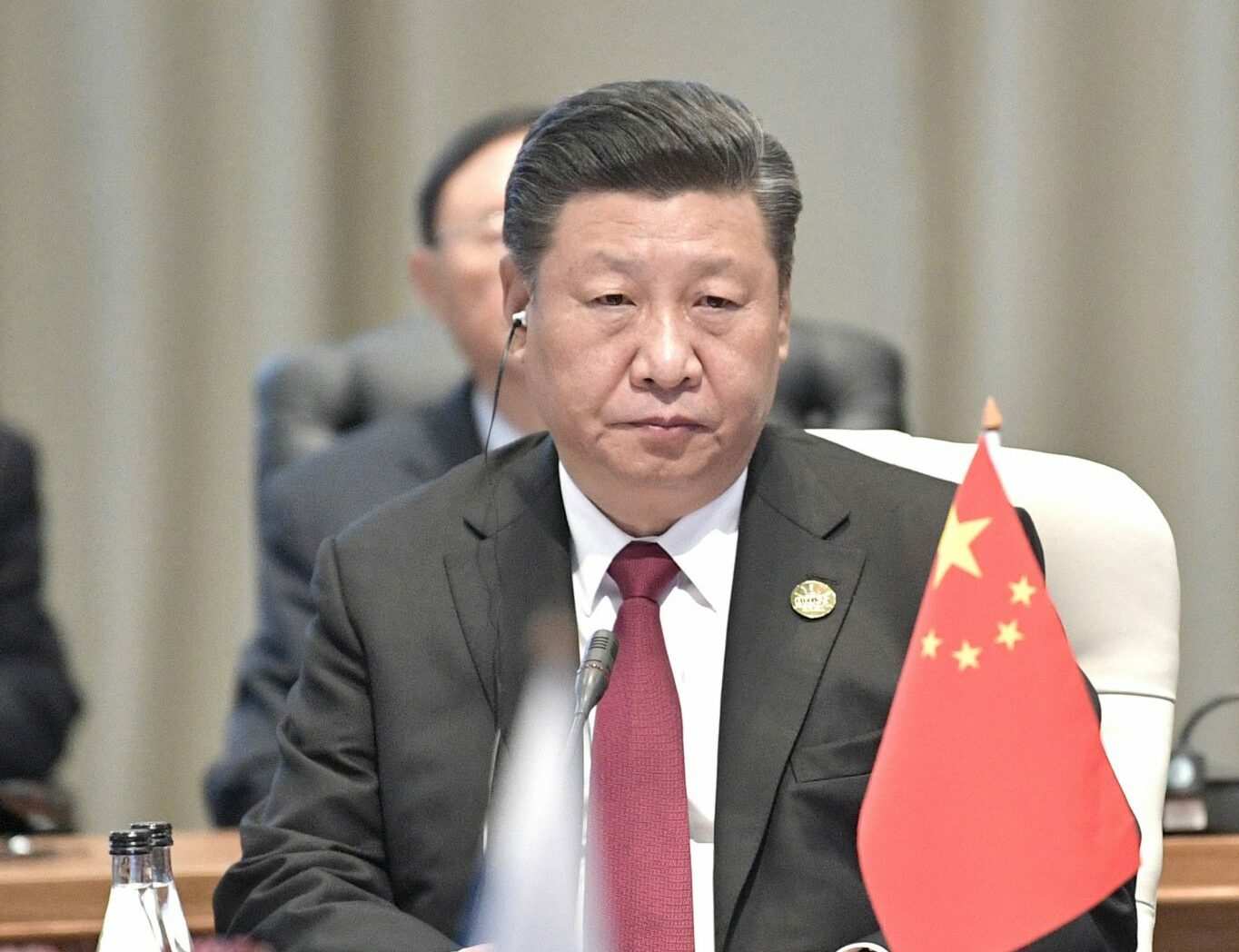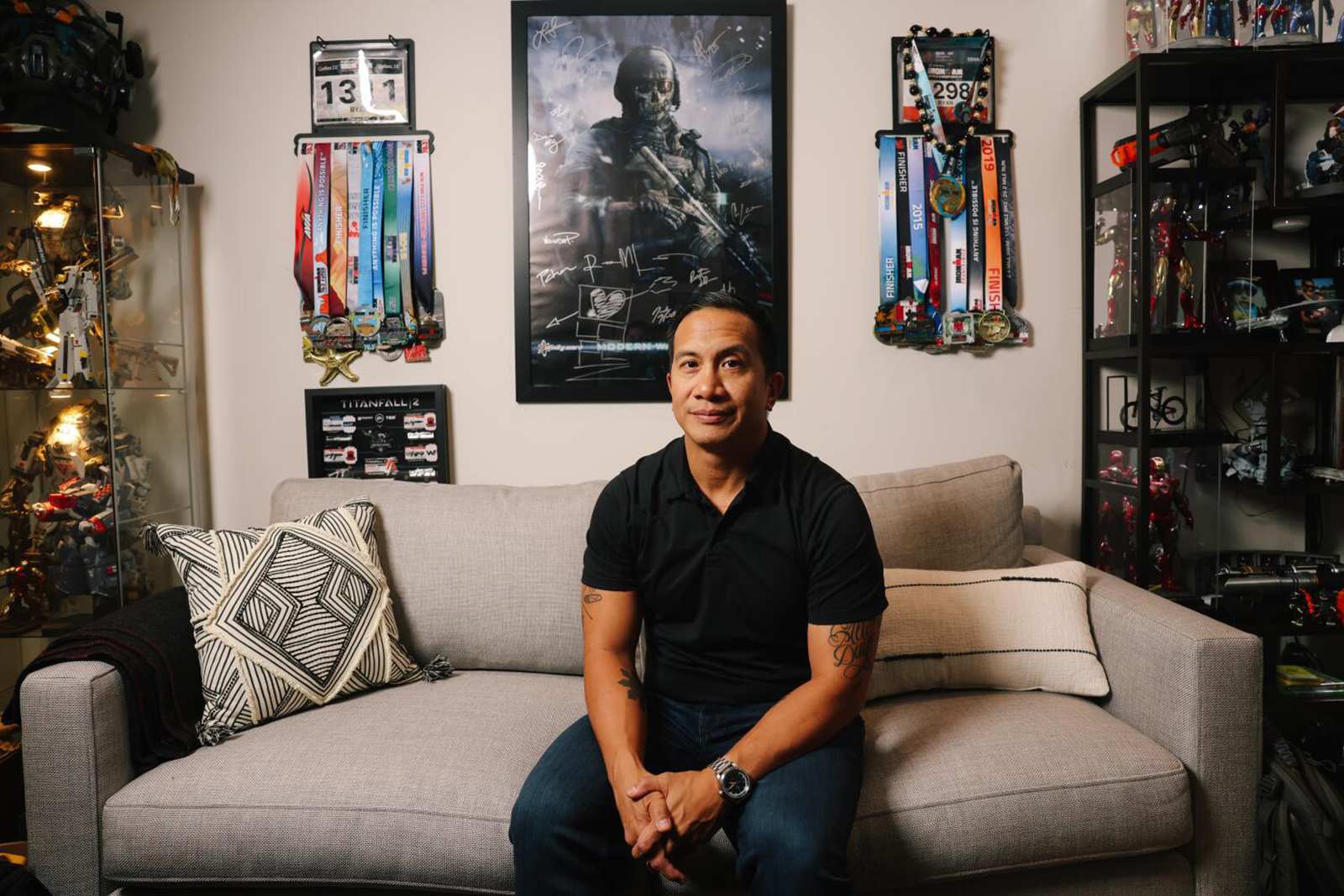
Sean “Diddy” Combs and R&B singer Cassie reached a settlement Friday in an incendiary lawsuit she filed the day before accusing the mogul and entrepreneur of rape and a “cycle of abuse” during their decade-plus relationship.
No details of the settlement were released, though Combs’ attorney previously accused Cassie of seeking an eight-figure payout in recent months. Combs had denied the allegations through his attorney.
Cassie dated the famed hip-hop producer for about 11 years before they split in 2018. She filed her sex trafficking and sexual assault lawsuit against him in the U.S. District Court for the Southern District of New York just days before the expiration of a “lookback window” that allowed adults who alleged they were sexually abused to sue despite the statute of limitations having run out.
“I have decided to resolve this matter amicably on terms that I have some level of control,” the singer, who sued under her legal name Casandra Ventura, said in a statement issued through her legal team. “I want to thank my family, fans and lawyers for their unwavering support.”
Combs issued a similar statement, saying, “We have decided to resolve this matter amicably. I wish Cassie and her family all the best. Love.”
Ventura’s attorney, Douglas Wigdor, said he was “very proud of Ms. Ventura for having the strength to go public with her lawsuit. She ought to be commended for doing so.”
In the lawsuit, the 37-year-old Ventura accused Combs, 54, of raping her in her home after she tried to leave him; physically attacking and injuring her; forcing her to engage in sex acts with male sex workers while filming the encounters; running around with a firearm; introducing her to “a lifestyle of excessive alcohol and substance abuse”; and requiring her “to procure illicit prescriptions to satisfy his own addictions.”
According to the lawsuit, Ventura met Combs in 2005, when she was 19 and he was 37. After signing her to his label, the suit alleges, Combs took control of her professional and personal life, and began sexual and physically abusing her with increasing frequency.
“He signed her to his label, Bad Boy Records, and within a few years, lured Ms. Ventura into an ostentatious, fast-paced and drug-fueled lifestyle, and into a romantic relationship with him — her boss, one of the most powerful men in the entertainment industry, and a vicious, cruel, and controlling man nearly two decades her senior,” the lawsuit said.
The lawsuit detailed bruises Ventura said she suffered as a result of the alleged abuse, as well as accounts of drug use, voyeurism, male sex workers and more.
Diddy’s lawyer, Ben Brafman, said in a statement to the Los Angeles Times Thursday that his client “vehemently” denied the “offensive and outrageous allegations” and accused Ventura of being “persistent” in demanding more than $30 million from Diddy for the last six months.
Brafman added that the lawsuit — which also named Combs’ businesses Bad Boy Entertainment and Bad Boy Records among the defendants, as well as Epic Records and Combs Enterprises LLC — was “riddled with baseless and outrageous lies, aiming to tarnish Mr. Combs’ reputation and seeking a payday.”
The lawsuit was brought during the one-year window provided by New York’s Adult Survivors Act, which created a one-year “lookback window” during which adults who allege they were sexually abused could sue despite the statute of limitations having run out. Other lawsuits were filed in that state this month against Aerosmith frontman Steven Tyler, music executive Antonio “L.A.” Reid and former Grammys chief Neil Portnow.
That window expires next week.
___
© 2023 Los Angeles Times
Distributed by Tribune Content Agency, LLC.








